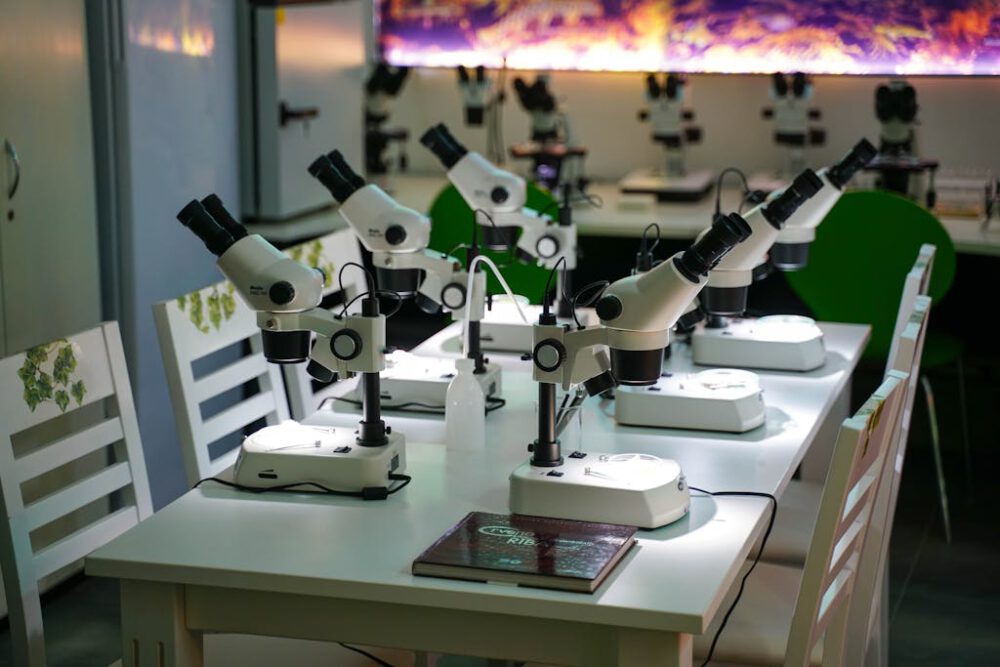Fluorescence microscopes are powerful tools used in various scientific fields to illuminate samples and reveal intricate details that may not be visible with traditional light microscopes. By exploiting the natural fluorescence of certain molecules, fluorescence microscopes can provide researchers with valuable insights into the structure and behavior of biological specimens at a cellular level.
**How Fluorescence Microscopes Work**
Fluorescence microscopes operate by exciting fluorescent molecules within a sample with a specific wavelength of light. When these molecules absorb the excitation light, they become energized and subsequently emit light at a longer wavelength, producing a highly contrasting image against a dark background. This process allows researchers to visualize specific structures or molecules within a sample with exceptional clarity.
**Excitation and Emission Filters**
One of the key components of a fluorescence microscope is the excitation filter, which selects the appropriate wavelength of light to excite the fluorescent molecules in the sample. By carefully choosing the excitation filter, researchers can target specific molecules or structures for visualization. Additionally, emission filters are used to block out the excitation light and only allow the emitted fluorescence to pass through to the detector, ensuring a clear and precise image.
**Fluorescent Probes**
In many cases, fluorescent molecules do not naturally occur in samples, necessitating the use of fluorescent probes. These probes are designed to bind to specific targets within the sample, allowing researchers to visualize the desired structures or molecules under the fluorescence microscope. By utilizing a variety of fluorescent probes with different excitation and emission spectra, researchers can conduct detailed and comprehensive imaging studies.
**Advantages of Fluorescence Microscopy**
Fluorescence microscopy offers several advantages over traditional imaging techniques, including high sensitivity, specificity, and the ability to perform live cell imaging. By harnessing the unique properties of fluorescent molecules, researchers can gain valuable insights into the intricate workings of biological systems with unparalleled precision.
**Illuminate with Precision**
In conclusion, fluorescence microscopes play a crucial role in illuminating samples by exploiting the fluorescence of specific molecules. Through the careful selection of excitation and emission filters, as well as the use of fluorescent probes, researchers can uncover hidden details within samples and gain a deeper understanding of biological processes. The precision and clarity provided by fluorescence microscopy make it an indispensable tool in scientific research.
